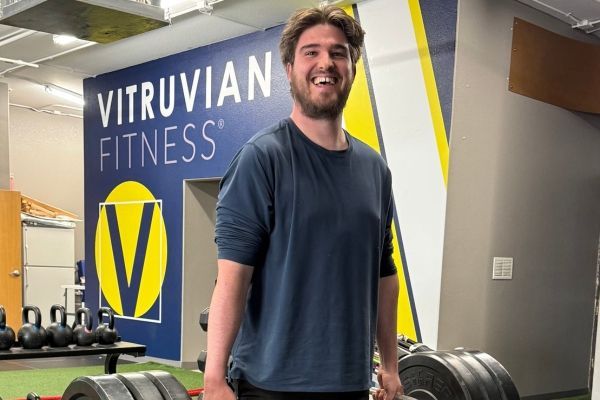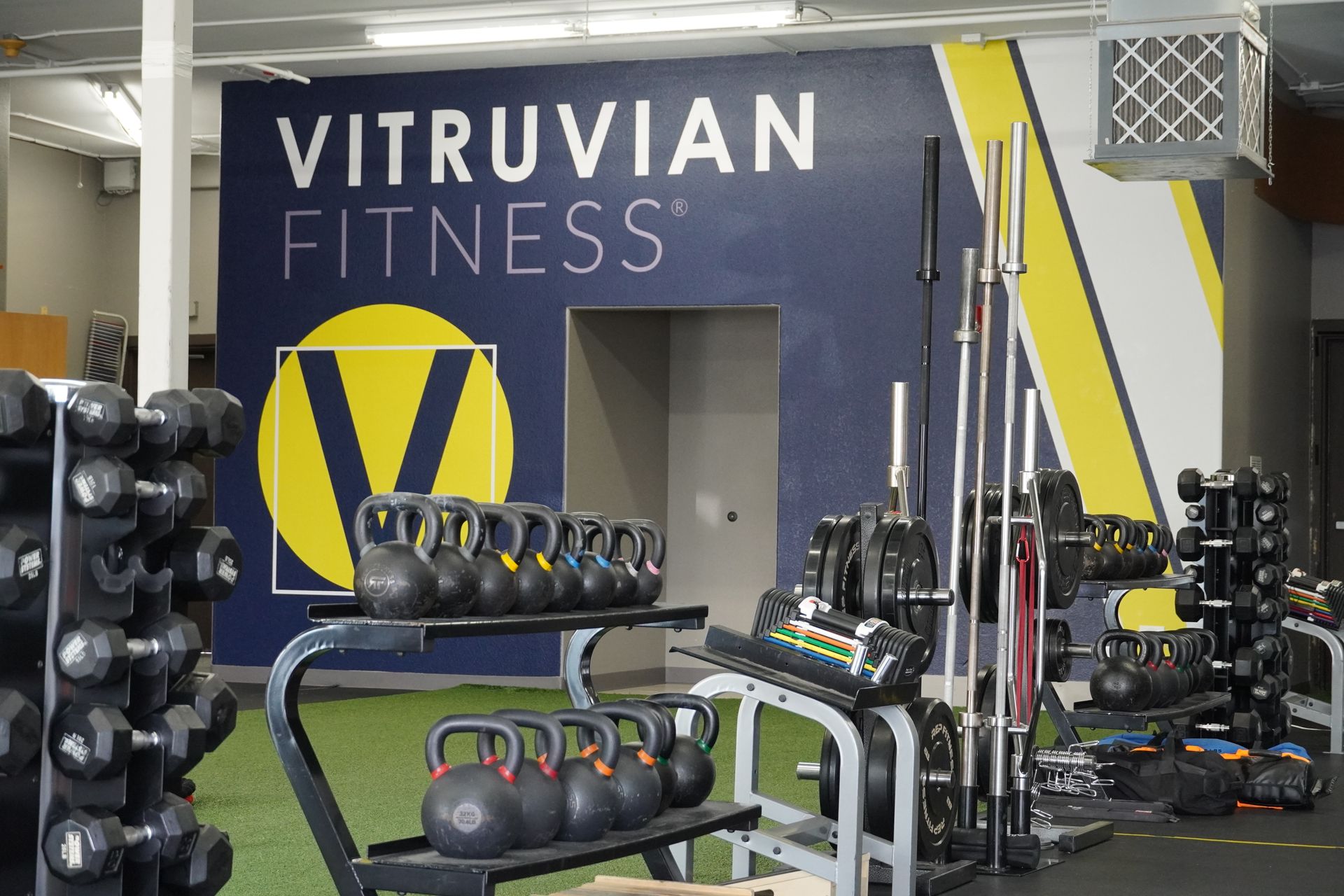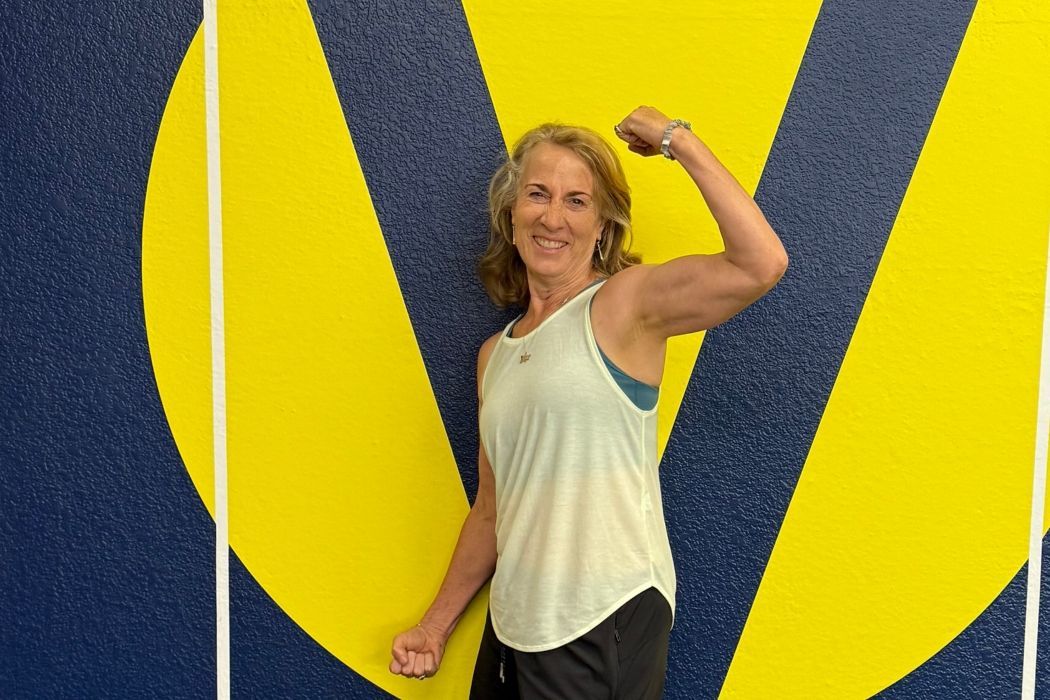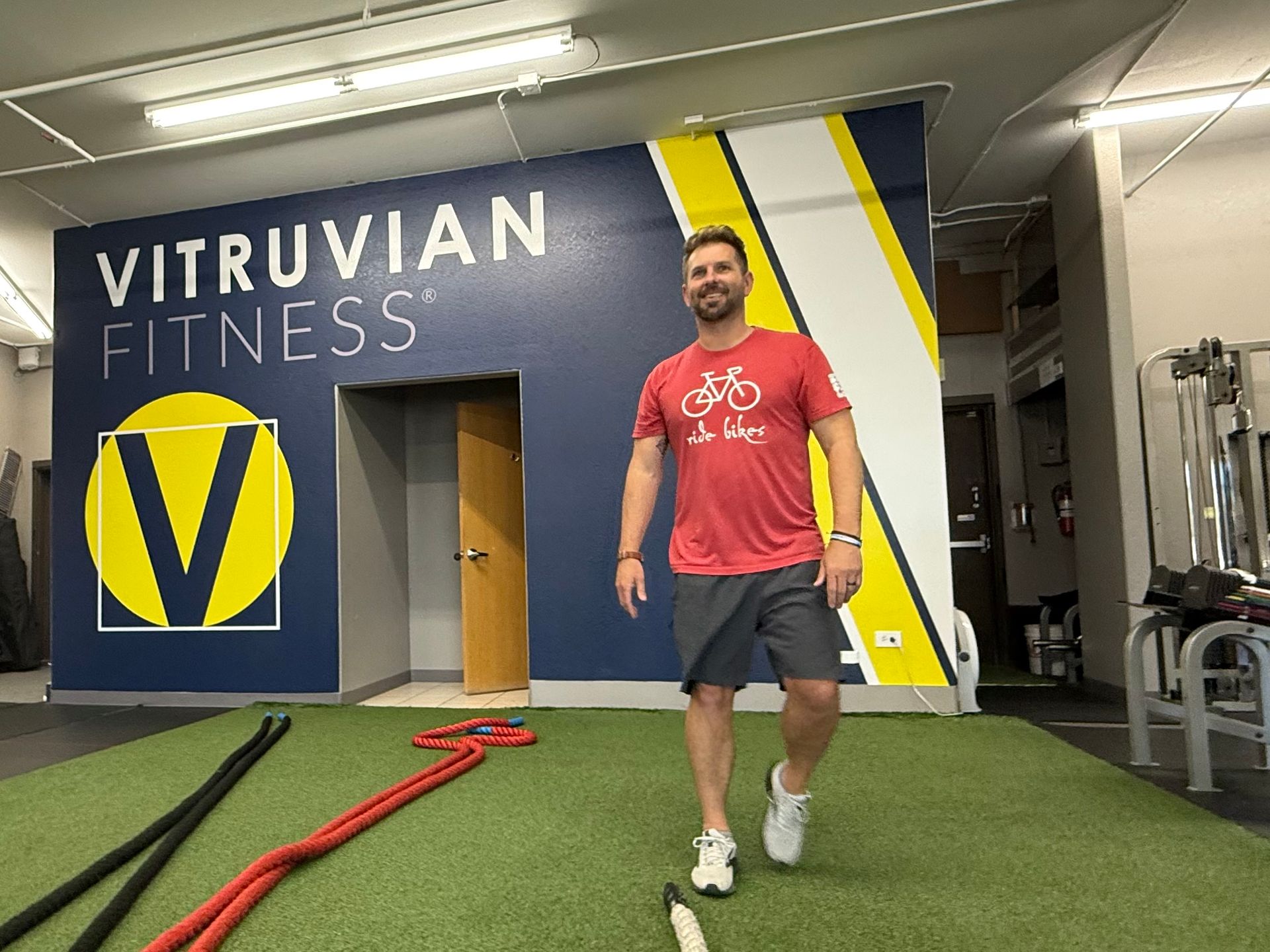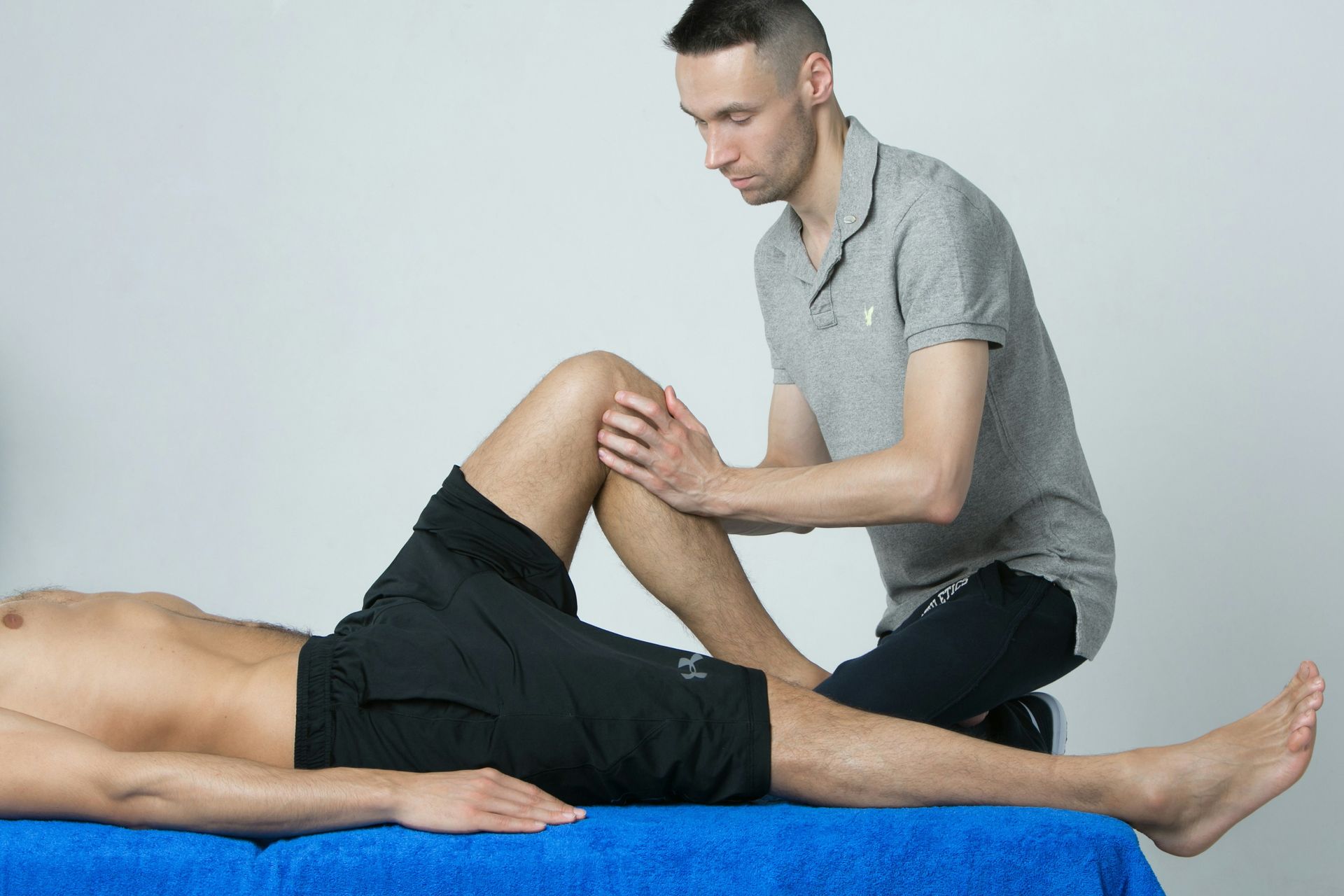Eat Well Recipe
Crock Pot Trio!
Pot Roast in the Crock Pot
2 lbs grass-fed organic chuck roast
1 box of beef broth
1 head of cauliflower
1 tbs grass fed butter
1-2 cups of your favorite greens (brussel sprouts, green beans, broccoli…)
Dried sage, thyme, rosemary
Option to make some rice instead of the cauliflower. Cook the rice in vegetable or beef broth.
Put beef in crock pot, cover with beef broth and let simmer on low for 4-6 hours.
When you are ready to eat turn off crock pot. Cut cauliflower and greens into large chunks. Steam in a steamer for 10-15 minutes, until tender. While that is steaming remove broth from crock pot and put into a saucepan, bring to a boil. Add sage, thyme, remarry and sea salt to taste. Mix 2-4 tbs of gluten free flour with 1/4-1/2 cup of water. Add flour water mixture to simmering broth. Stir until thick. Once vegetable are done, transfer cauliflower to blender, add 1 tbs grass-fed butter and blend until smooth.
Serve beef with pureed cauliflower and a side of greens, top with gravy.
Save any left over gravy for the next day (left overs) or for future meals that gravy would be good with. It should keep in the freezer for several weeks to maybe a cpl months
Pigs in a Blanket
1 lb of grass-fed 80% ground beef
1/2 cup cooked rice (use left over rice from the pot roast if you used it)
1 small onion
Sea salt and pepper
7-10 large cabbage leaves, softened by putting them in boiling water for 1 minute
2- 28oz crushed fire roasted tomatoes
4 cups vegetable broth
Mix the 4 ingredients together and form into large oval balls. Wrap in cabbage. Place in the crock pot and cover with crushed tomatoes and vegetable broth. Simmer on low for 4-6 hours. Option to eat with a side of steamed vegetables, cauliflower puree or a large salad.
Save any left over tomato sauce for your spaghetti
Spaghetti Sauce with Spaghetti Squash
1 lb of ground grass-fed beef
1 small onion
10 basil leaves
1 tbs italian seasoning
2 cups organic spaghetti sauce
2 cups+ left over tomato sauce from the pigs in a blanket
1 large spaghetti squash
4 cloves of garlic, minced
1 tbs olive oil
1 tbs grass-fed butter
Sea salt
Put the first 6 ingredients in a crock pot on low for 4-6 hours.
1 hour before eating, cut spaghetti squash into 4’s, remove seeds and steam for 20-30 minutes until tender or cut in half remove seeds and roast in a pan with water on the bottom, covered with tin foil for 40 minutes at 400 degrees. Once cooked remove flesh from skin. On medium low heat saute the garlic with olive oil and butter, add spaghetti squash, season with sea salt. Top spaghetti squash with spaghetti sauce and enjoy.
Save any sauce for future use. It should freeze for several week, maybe a cpl months.
You might also enjoy these posts . . .
